Around Copenhagen These Days: Photos
A few photos taken around Copenhagen…
When the sun is shining, the city looks so beautiful. There is always something colourful going on.
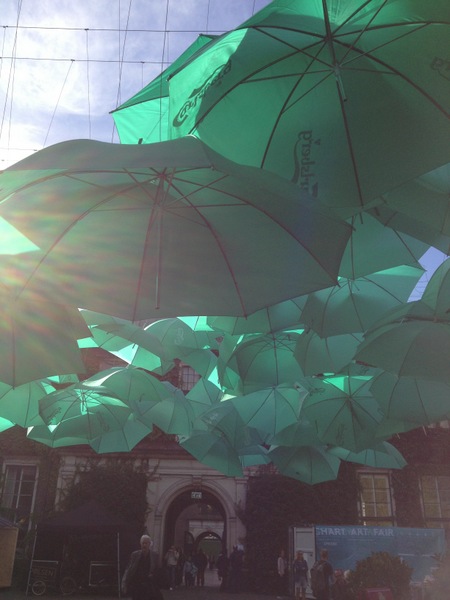
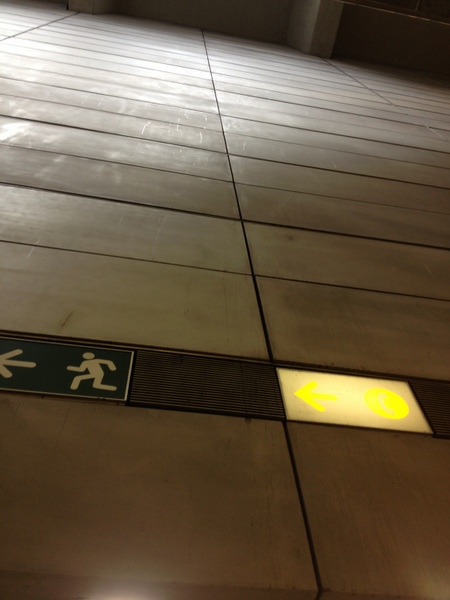
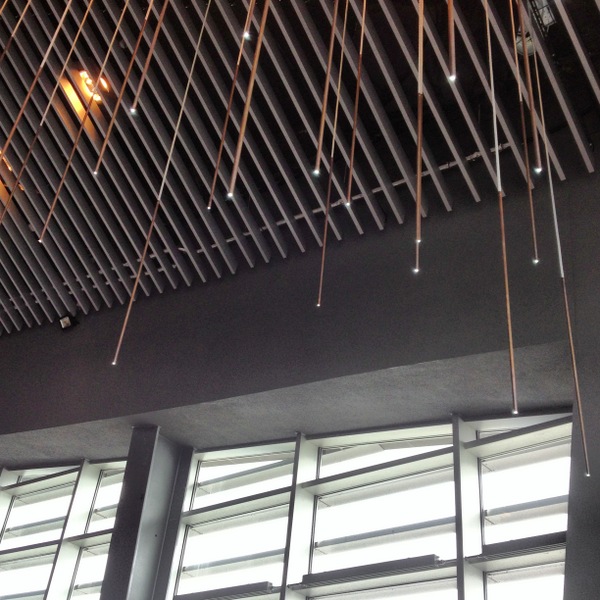
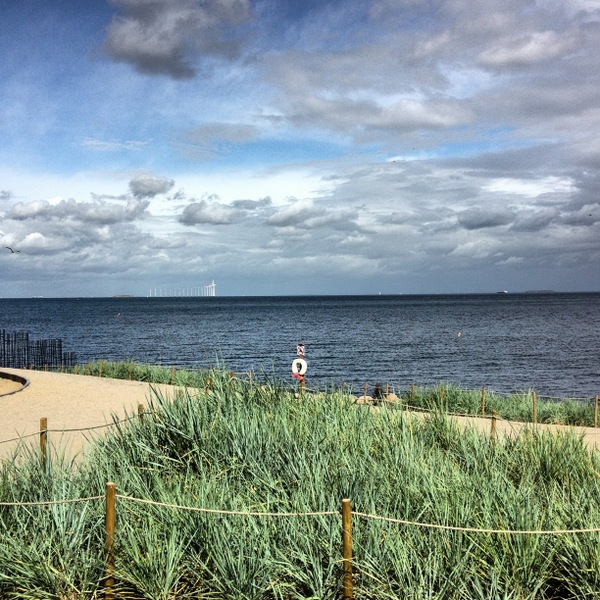
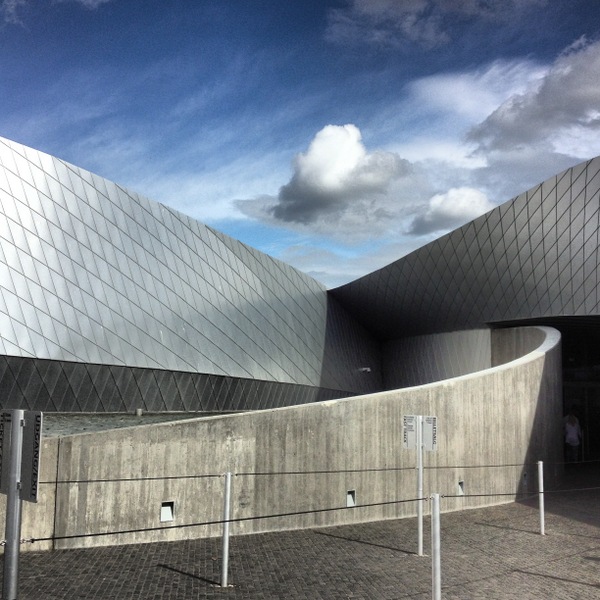
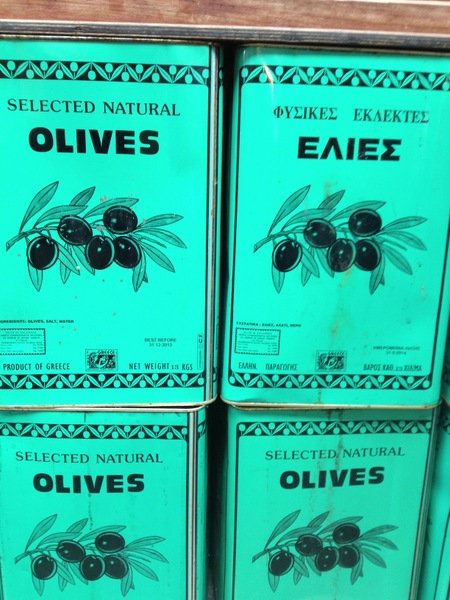
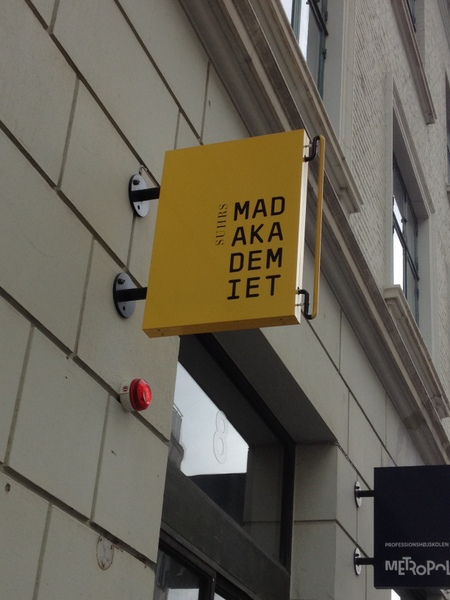
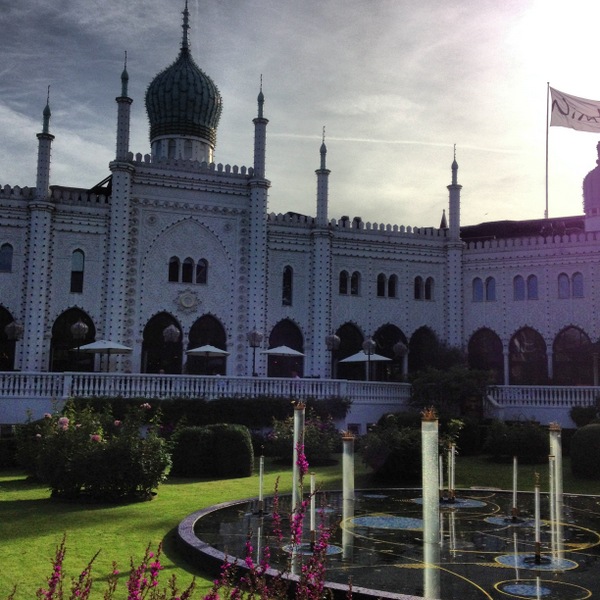
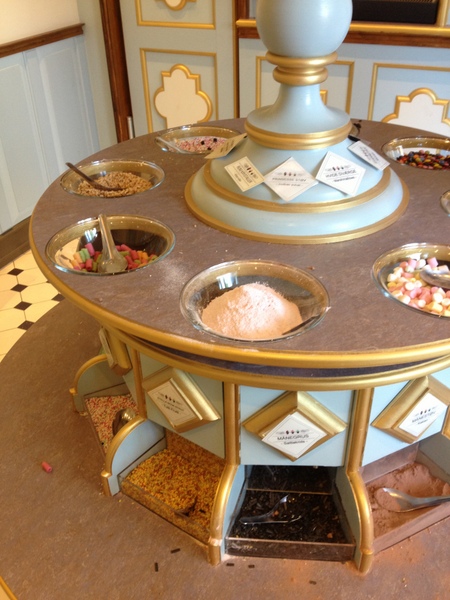
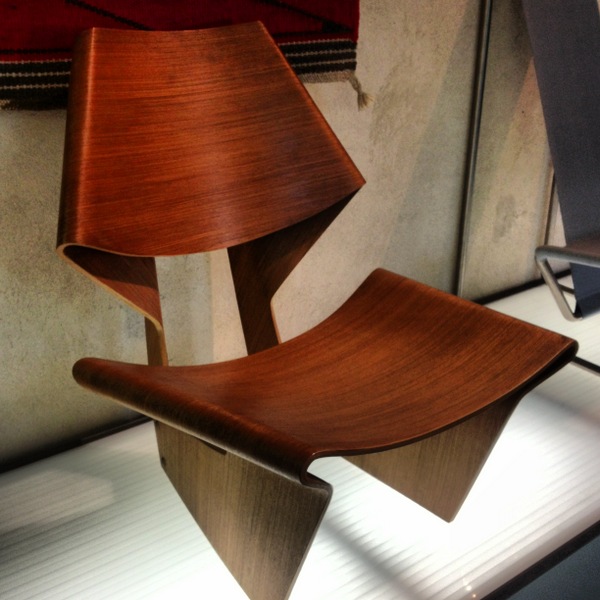
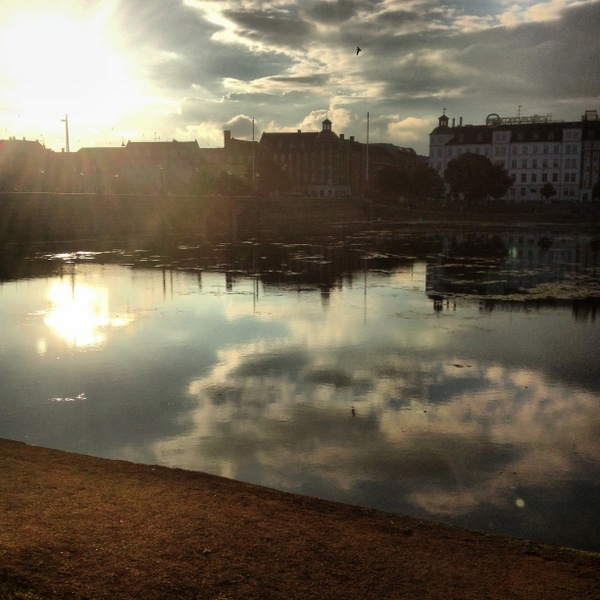
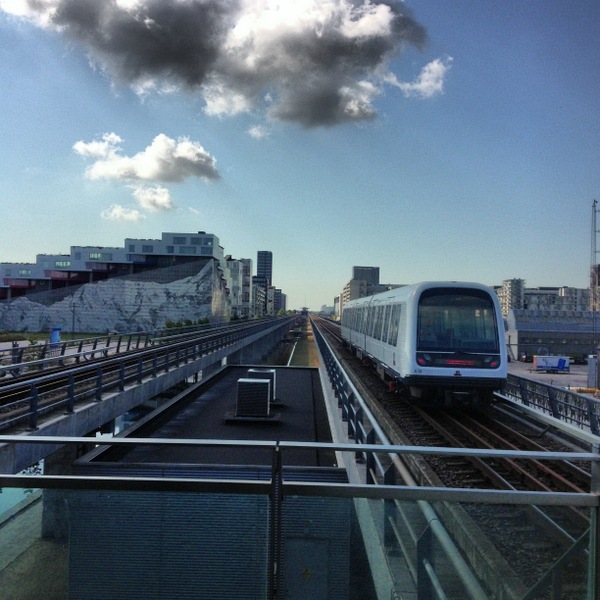
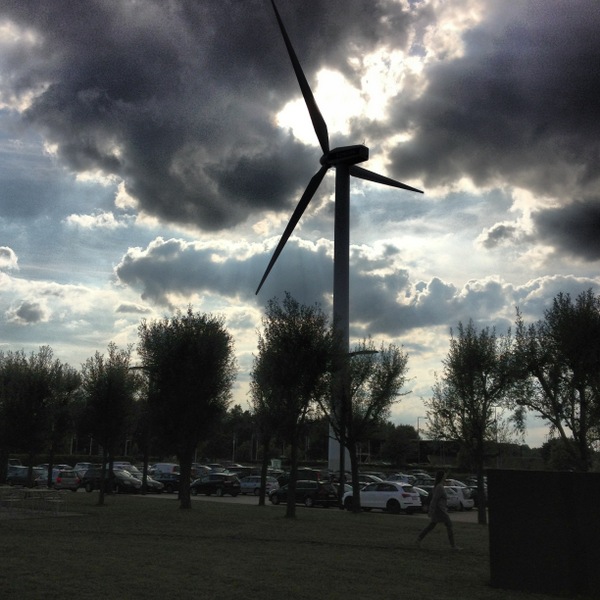
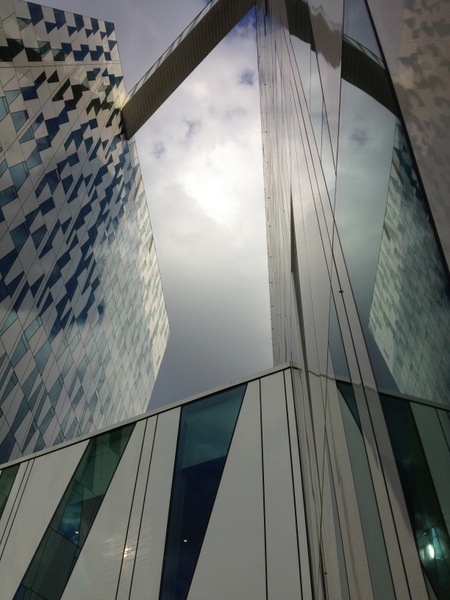
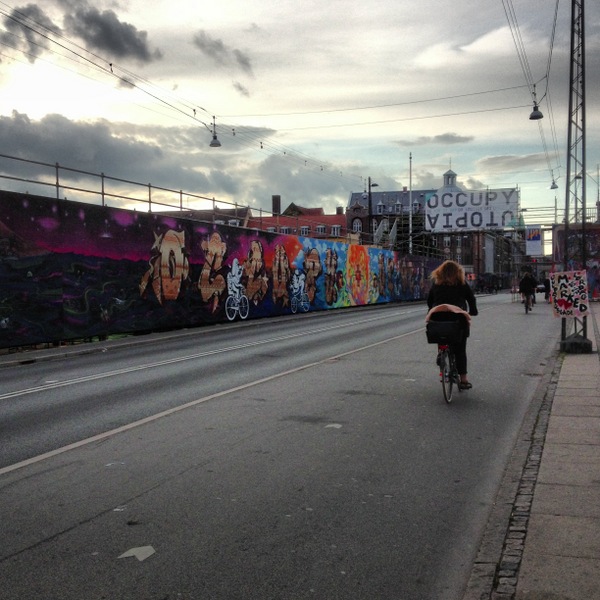
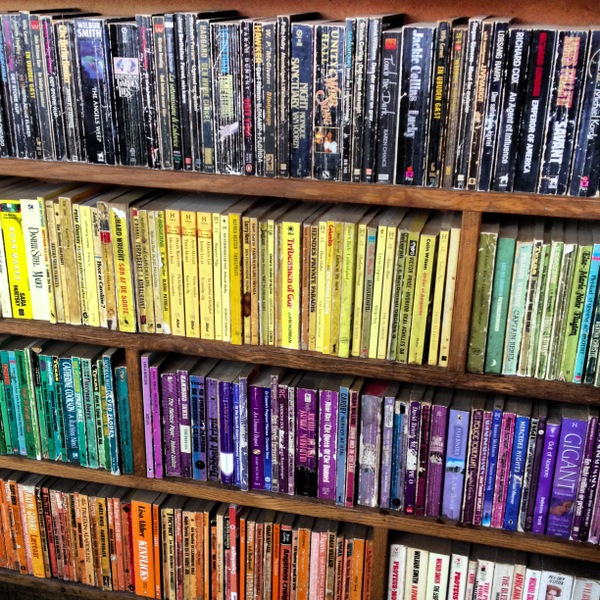
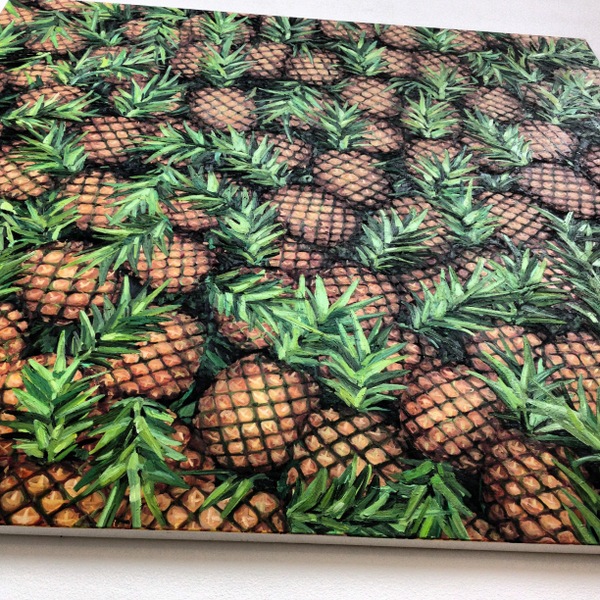
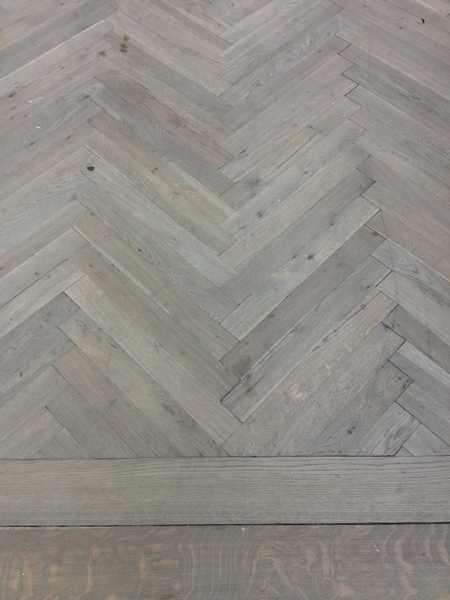
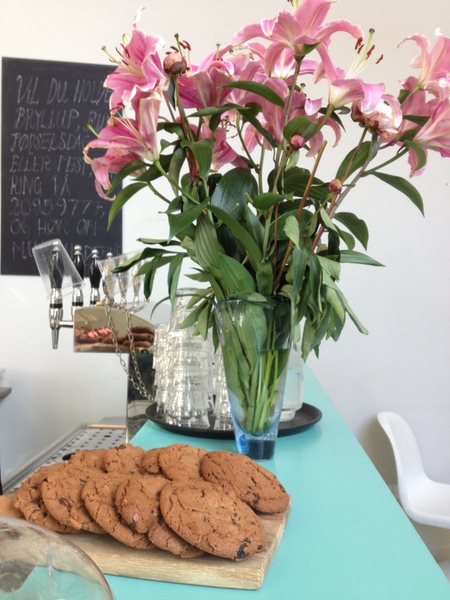
A few photos taken around Copenhagen…
When the sun is shining, the city looks so beautiful. There is always something colourful going on.



















Did I tell you I like visiting diners when I travel? I like to visit diners in non-traditional diner locations. It’s my secret mission to find diners in the most unusual countries. My interest in diner food is purely comfort driven. For me, it is a means to indulge in familiar food and give my brain a brake from analyzing foreign ingredients, dishes and cooking methods that go hand in hand with living abroad.
My diner-visiting ritual started in 2003 while I was living in Hong Kong and attending a semester of philosophy classes at HKU. It was a time where I frequented The Flying Pan, a diner opened by a woman from New York which was located in the Mid Levels (also Wan Chai). The Flying Pan made a mean stack of pancakes and their kitchen sink omelette was to die for; how could I resist eating pancakes while reading Plato?
In an article I wrote for Honest Cooking, I equated the French cafe to the European equivalent of an American diner maintaining that the ubiquitous nature of a French cafe, its lively atmosphere, and predictable yet location adapted menu was like the diners around the US. I am aware that there are a few American style diners in Europe (Paris, Berlin and Prague have) but I didn’t expect to see a diner in norther Europe. Surprise! In Phaidon’s ‘Where Chefs Eat‘ book that I like to consult before I hit the road, I read about an American diner located in a hip neighbourhood in Oslo that came with praise from the author.
I decided to give the Norwegian-American diner a try and give new Nordic cuisine a break.
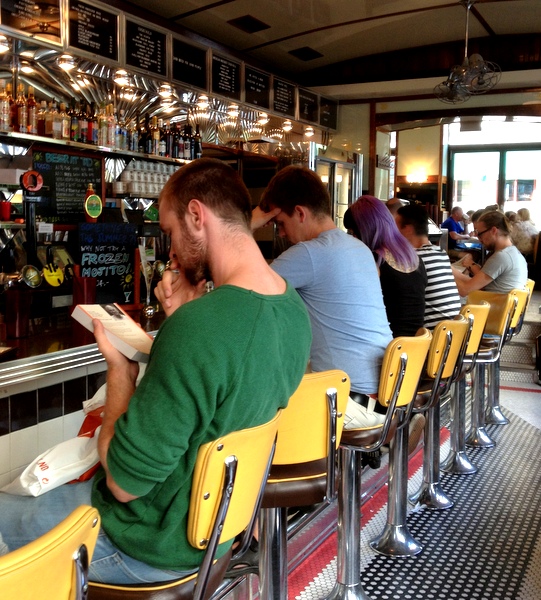
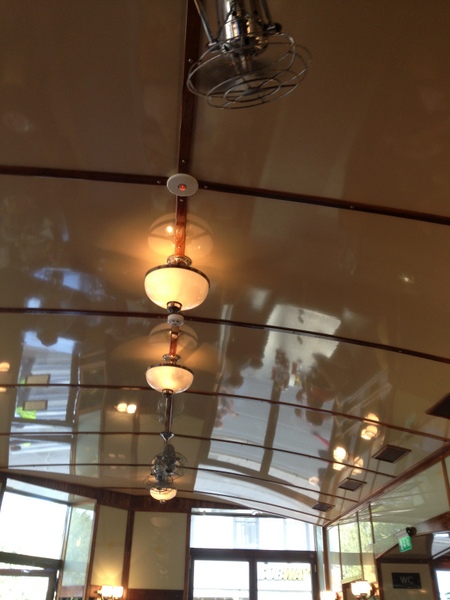
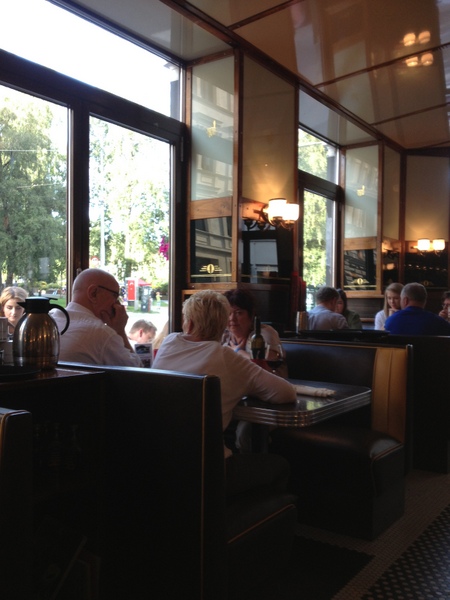
On the main tram street of Oslo’s Grünerløkka neighbourhood, and located within walking distance from Tim Wendelboe’s scrumptious coffee shop (part of Oslo tourism these days) is the Nighthawk Diner.
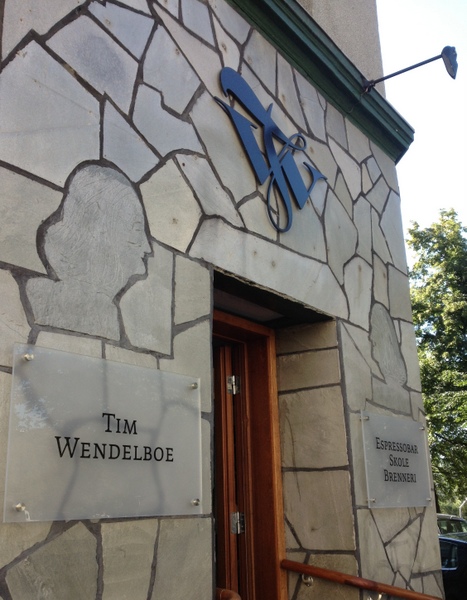
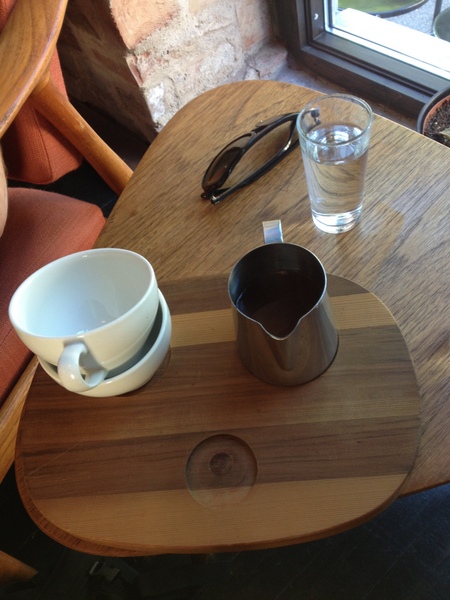
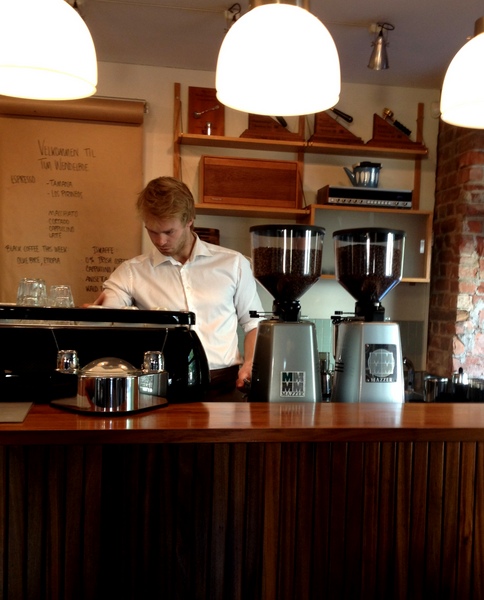
I kid you not, stepping inside the Nighthawk Diner was like crossing the Atlantic Ocean back into America. They had the interior spot on!
The tiled floor restaurant, situated in a corner property includes a smaller front section with yellow leather bar seating, a larger dining area in the back with booths and outdoor patio seating. This place was packed with locals waiting for their milkshakes, burgers, salads, eggs, sandwiches and pie to be served by waiters and waitresses dressed in diner attire.
My tuna salad with whole wheat toast was so good, I returned again the next morning and waited in line for nearly 40 minutes so I could have a plate of blueberry pancakes that went by over my head the night before. My dining partner opted for the pulled pork and was equally satisfied with the tangy-sweet marinade on the meat. Aside from the good food, I liked that The Nighthawk Diner made an effort to call attention to their intentions of working towards becoming a 100% organic diner and shared the names of their suppliers. They get their organic beef from Halstenov farm.
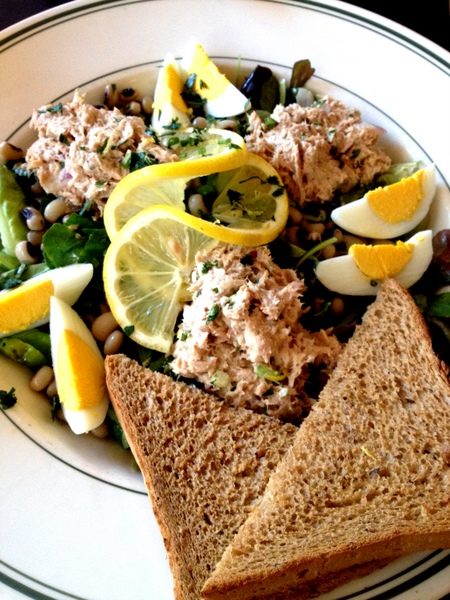
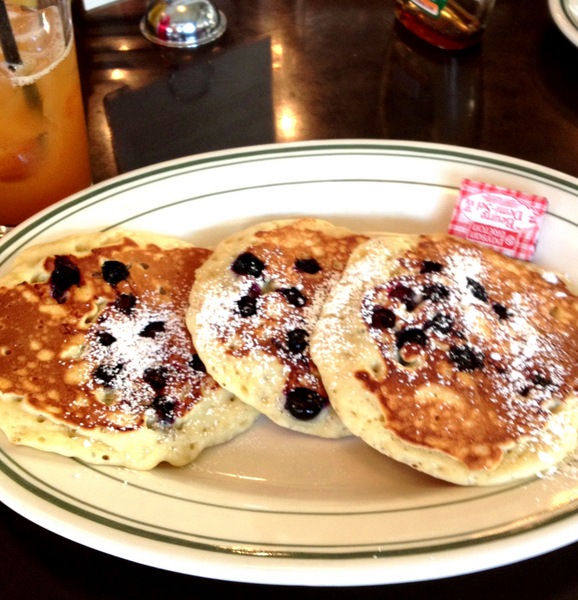
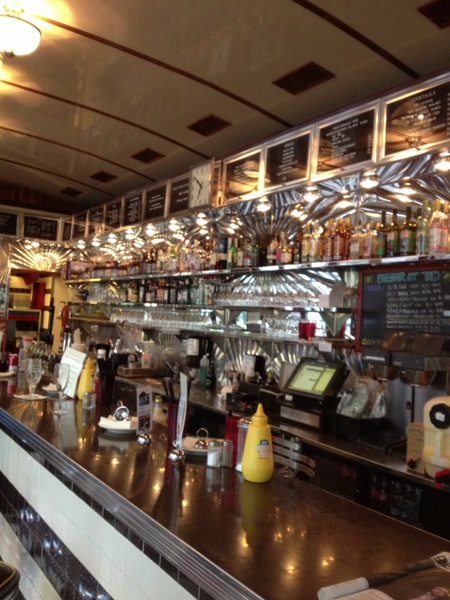
By diner standards, do not expect this to be a cheap meal. I repeat: Nothing is cheap in Oslo, not even a meal at a diner. As long as you can put ‘affordable meal’ out of your mind when eating in this city and block out the temptation to compare the cost of a plate of pancakes in the US with the cost of your blueberry stack in Oslo, you will more than enjoy your meal here. It’s the real deal!
Breakfast is served all day.
| 0 comments
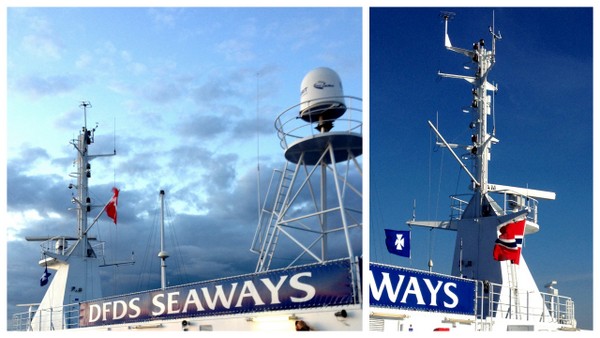
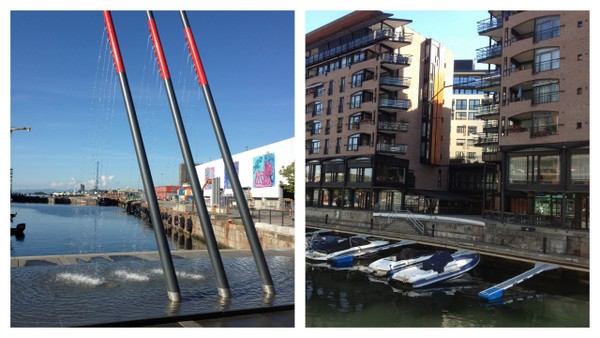
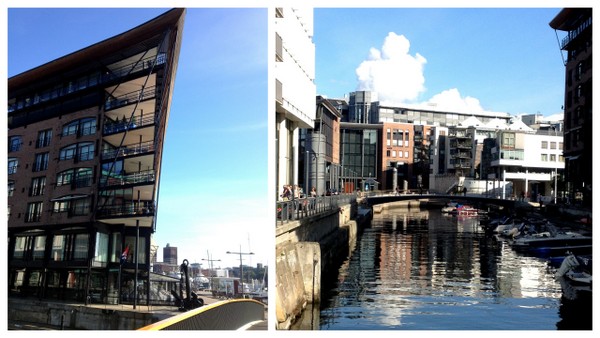
The raw fish, which is hands down, the best/buttery/melt in your mouth goodness, is only matched by the quality of coffee in the city (my husband’s observation- I am still a tea-only drinker). My travelling partner must have consumed three coffees a day and we were only there for 36 hours. We visited four major micro-roasters (Tim Wendelboe, Kaffa, Fuglen and Supreme Roastworks– there are two others that I could count) in the city who are in fierce competition with one another, which keeps coffee quality high and clients caffeinated. I suppose coffee tourism could bring in dollars- now at $7 a cup- it’s a reminder why you should brew your own at home. Speaking of cost- Copenhagen looks like a discount in comparison to Oslo.
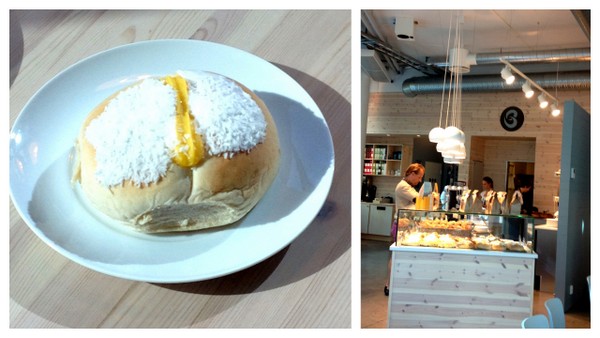
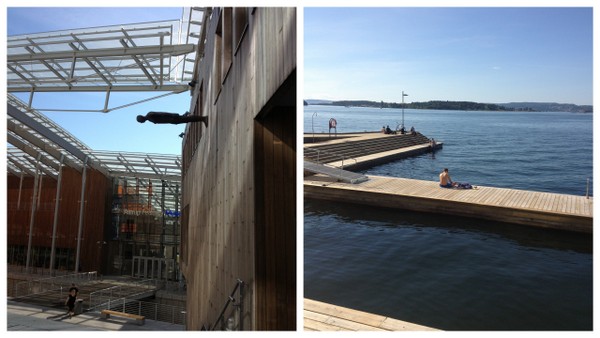
I read in PHAIDON’s Where the Chefs Eat book, that one stand out spot in the city was an American diner called The Nighthawk Diner. I thought it would be neat to eat at an American diner in the artsy part of town and have a bit of a break from new Nordic cuisine. One tuna salad, one pulled pork sandwich, and two ice teas later our bill comes to $70. Mini heart attack!! Enthralled by the experience and hungry for more “comfort food” we decide to return the next morning for brunch. Two blueberry pancakes and two teas later our bill comes to $50. Double heart attack. Even one of the many pastries we sampled, you could not walk out of a bakery for under $10/$15 for two pastries. Nevertheless, it is part of the experience and a reminder why 36 hours in Oslo is more than enough time to go broke.
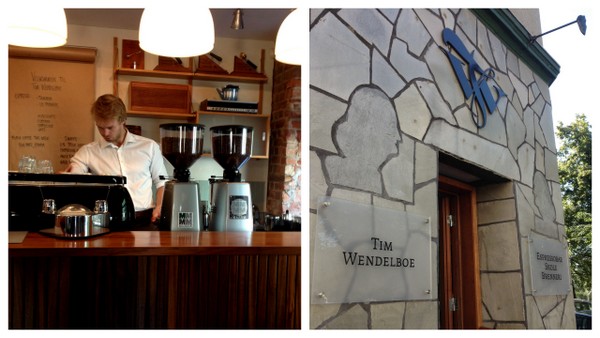
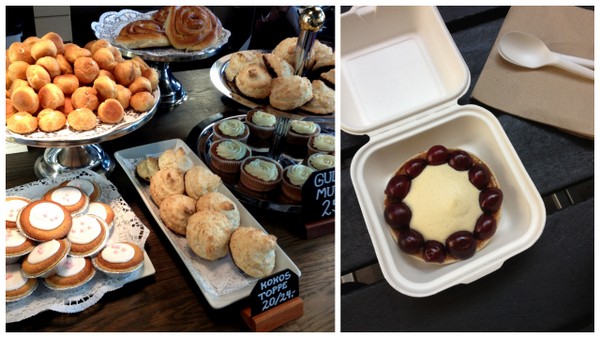
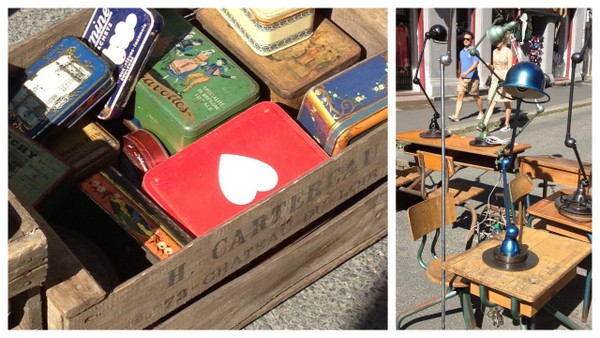
One standout part of the city was the Gustav Vigeland Park- Vigeland was a Norwegian sculptor (died 1943) who specialized in bronze, granite and wrought iron. He made an odd arrangement in the city after his house burnt down- where the city would grant him”free housing/studio” as long as he agreed to donate all subsequent works to the city. Over 20 years he crafted 200 sculptures, which all belonged to the City of Oslo and are sitting in a massive sculpture park in the nicer part of the city. His most famous works include the Monolith – there is a photo of a totem pole of people climbing to the top all carved out of one piece of granite- the angry baby, which I could not shoot because it was mobbed by Japanese tourists both times we visited the park, and his circle of life bronze sculpture. It was beautiful and worth visiting.
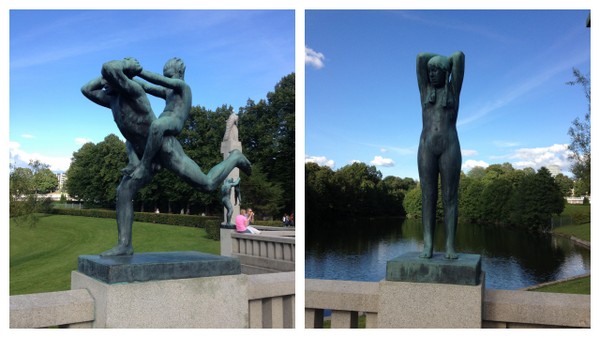

The best way to end off an evening in the city is to climb the roof of the new Opera/Ballet house and watch the sun set over the harbour.
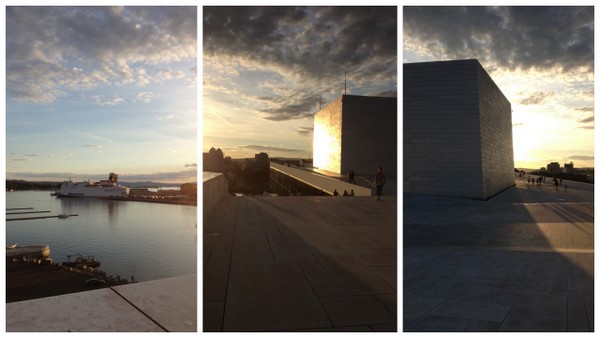
My Oslo Weekend Map:
| 0 comments
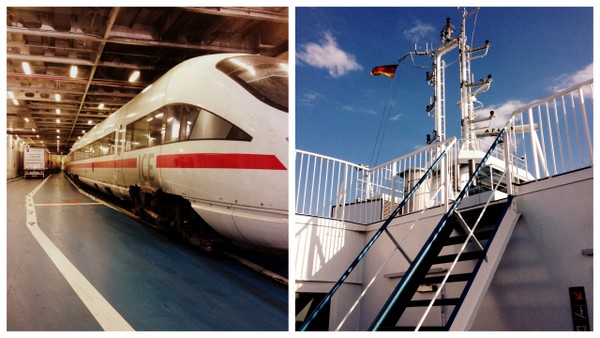
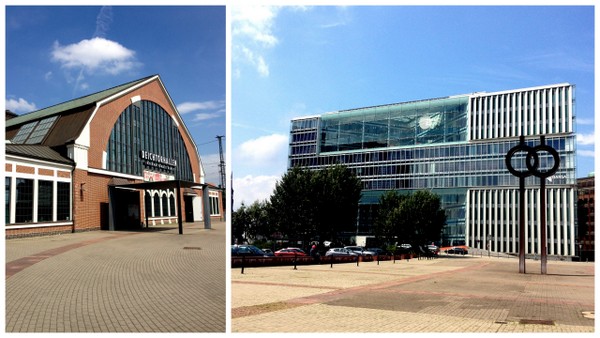
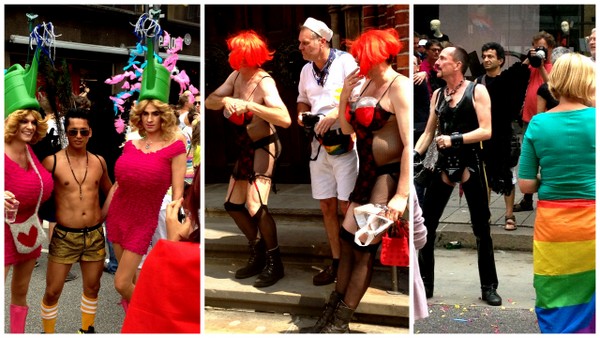
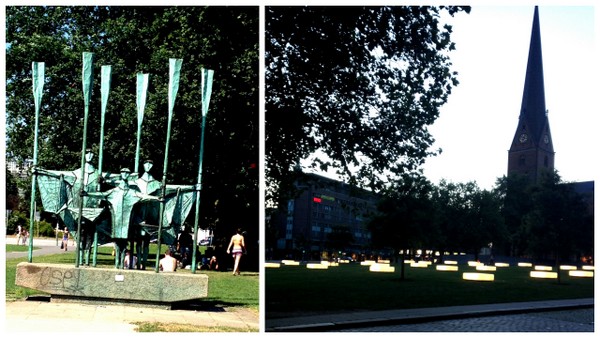
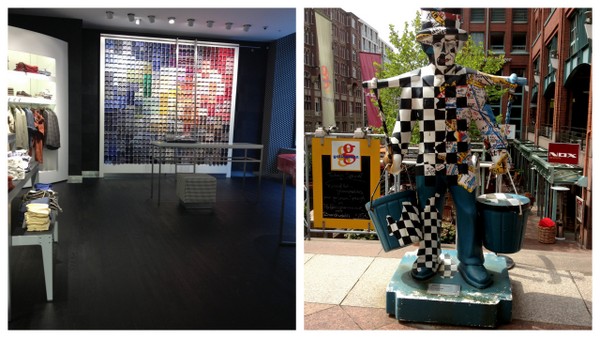
If you are familiar with Toronto- my comparison is that I would describe Hamburg as a series of Parkdale neighbourhoods that sit on the periphery of a touristy Yonge and Dundas area. One of the most impressive areas in the city is a district called HAFEN- the real estate project took over a decade to plan and build. The land used was a large piece of industrial/shipping waterfront land which was transformed into a series of new mixed use environmentally friendly buildings along side the beautiful old brownstones. HAFEN city brings together museums, businesses, residential, retail, schools, parks and the symphony- all of which is walkable, bike accessible and kept low rise (for the most part).
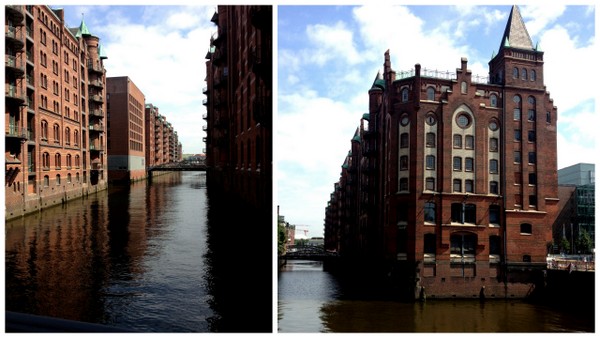
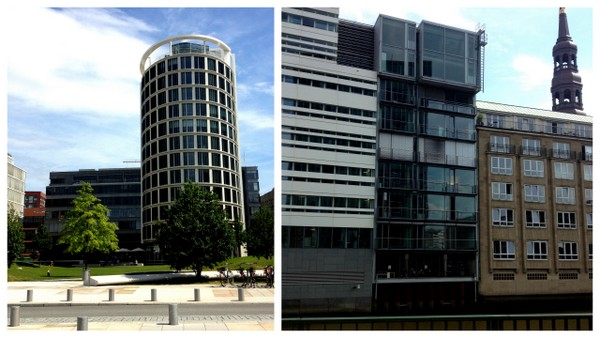
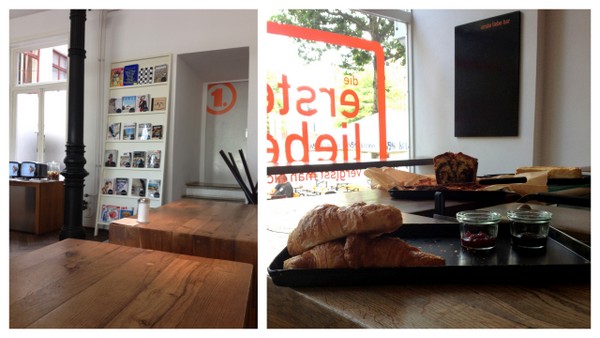
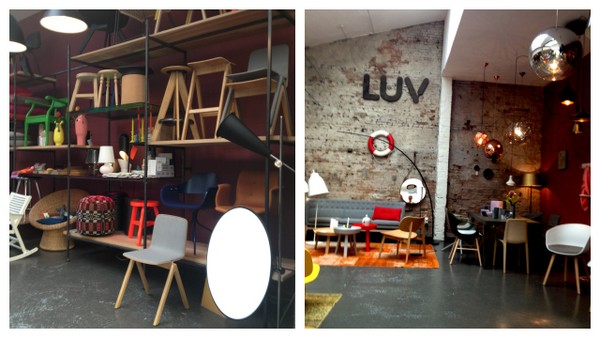
Right down by the main shipping area, there is a phenomenal furniture design district- there must be three or four large buildings that serves as the hub for a lot of industrial design/furniture stores and art galleries. One of the buildings we stopped into also had a decent place to get some gelato- a bonus as it was about 33 degrees that weekend.
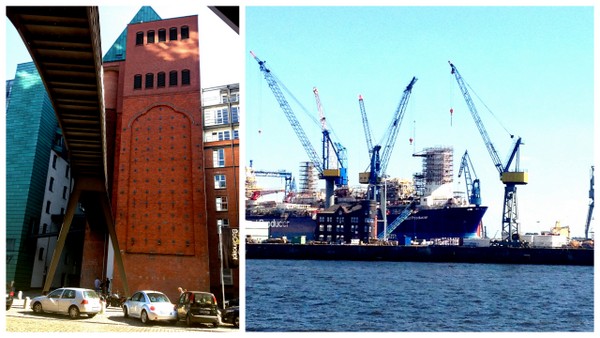
For all you breakfast lovers out there, listen up! If you find yourself in Hamburg, here are two great spots for breakfast. I am slowly collecting a list of European breakfast spots and sometimes feel a bit like Guy Fieri in the television show, Diner’s Drive In’s and Dives! I’ve eaten breakfast in over 20 cities in the past two years, so the “experience” is mounting. When you find a keeper, I call it the equivalent of finding a good American diner in Europe. They have good, reliable food, good energy, often a unique decor, and a menu that includes a few local specialties (most important).
I spent three days in Hamburg and prior to my trip, read through several blog posts, newspapers and online review sites to figure out where I should have the most important meal of the day. My first and third stop was none other than Cafe Paris. Cafe Paris is located in the center of Hamburg and is housed in a space that dates back to 1882. The original slaughterhouse was later converted to a turn-of-the-century French cafe and today is beautifully adorned with iconic French cafe decor features such as its dark wooden tables, Art Deco posters, banquette seating, a long bar with wooden stools, floor to ceiling subway tiles and a jaw dropping Art Nouveau ceiling.
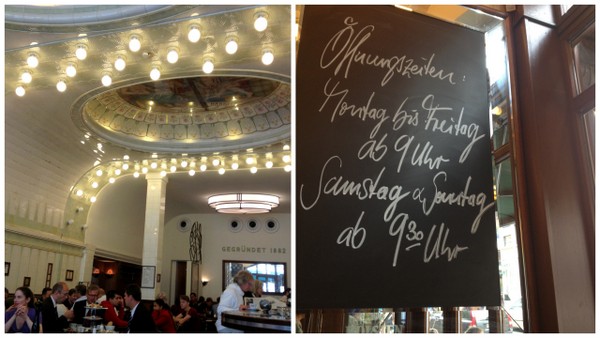
The menu features standard French fare such as hard boiled eggs, croissants, baguettes, jam, cheese, juice, Croque Madame, and Croque Monsieur. It also includes a few breakfast twists including a “Moroccan” version of French toast topped with roasted tomatoes, goat cheese and orange marmalade, an “American” breakfast that comes with a pancake, a fried egg, peanut butter, and syrup and the local “Hamburg” which consists of a piece of toast, crab salad, herring, smoked salmon, scrambled eggs with chives and a glass of Hamburg’s local Holsten pilsner (a brewing company founded in 1879 in the city’s Altona-Nord quarter).
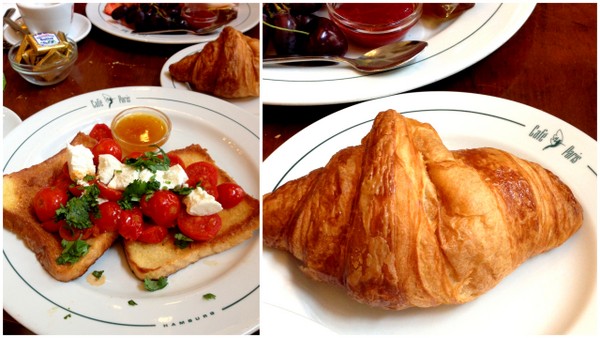
On my first visit, I tried the Moroccan and on the second visit, I opted for something a bit lighter (just some muesli and a hard boiled egg with green tea). I must note, I returned twice to Cafe Paris (out of three breakfasts) for another bite of their croissants. The baguette was nothing to write home about but their croissant was some of the freshest, butteriest, light viennoiserie that I have tasted outside of Paris.
I will post about my second breakfast at Mutterland in a follow up post- equally worth it.
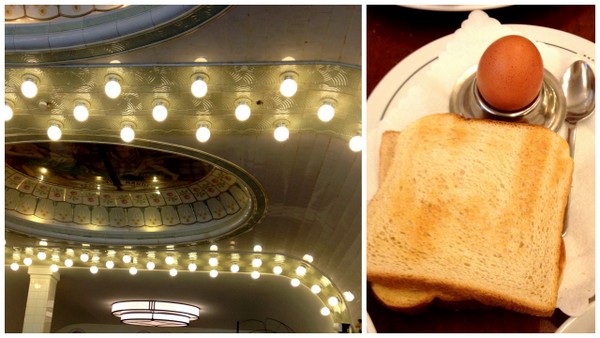
Other breakfasts worth a visit around the continent in addition to Cafe Paris in Hamburg, include Cafe Savoy in Prague, Cafe Schwazenberg in Vienna, Cafe de Flore in Paris, or the modern Cafe George in Amsterdam, close your eyes and let your senses observe the hum of a well oiled dining institution hard at work and churning out diner classics European style. If you have any other suggestions to add to this list of where to find a decent breakfast at a ‘European diner’, please share your suggestions in the comment section below. I am always up for exploring new places that are worthy of “diner” status.
Cafe Paris, Rathausstraße 4, 20095 Hamburg
| 0 comments
A few weekends ago my husband and I were invited to celebrate our friend’s 35th birthday in the quaint coastal town of Molle, in Sweden. Molle is just across the Straight and accessible by ferry from Helsingor (just north of Copenhage- and also where Shakespeare’s play Hamlet takes place in Kronborg Castle), so we decided to rent a car and make it into an exploration weekend.
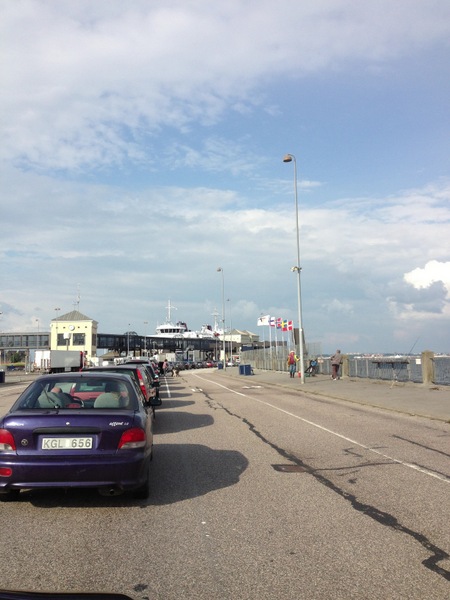
The ferry transports cars, people and bikes and takes about 20 minutes to cross from one side to the other. I can’t remember the last time I drove a car onto a boat to cross a body of water, but it’s a blast. On land, you wait in line until the ferry docks and then you are signaled to drive onto the boat. Once on the boat, you park your car in a line behind all the other cars on deck and get to exit the car to go upstairs on deck. This particular ferry was more like a mini cruise ship. It had multiple cafes and restaurants, beautiful lounge seating and duty free shopping. I’ve never seen a longer line to buy liquor and candy in my life. My favourite was sitting outside on the deck.
Once across, you are motioned to return to your car and continue your journey to your next destination. Simple as that.
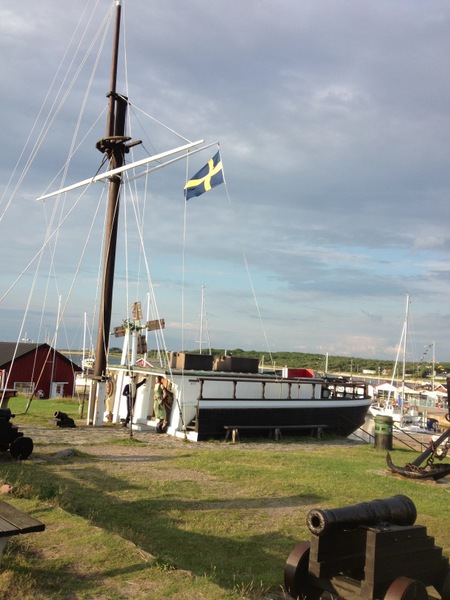
Our first stop was to check into our beach hotel, the Kliterrhus, in a town called Ängelholm. Driving up to the main building reminded me of a beach hotel in New England (in the US). The hotel was very pretty with it’s light wood furniture, white and blue beach decor, and accents of seashells, old photographs and wainscoting. Our room looked right out onto the beach.
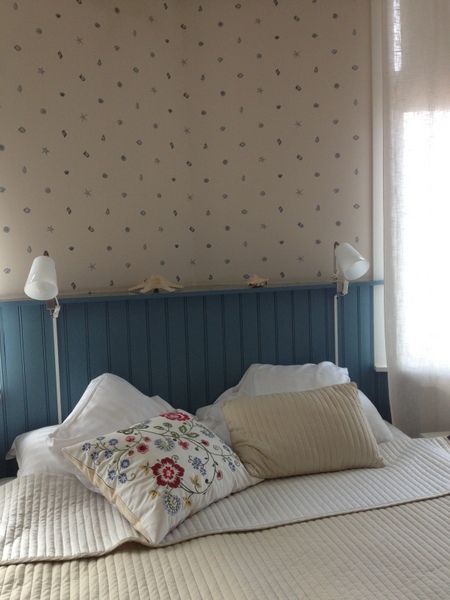
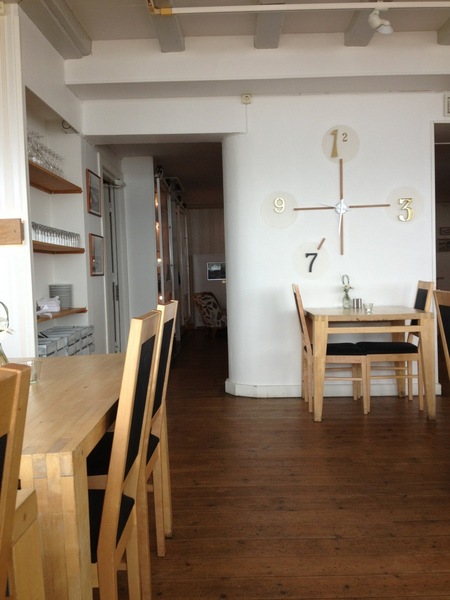
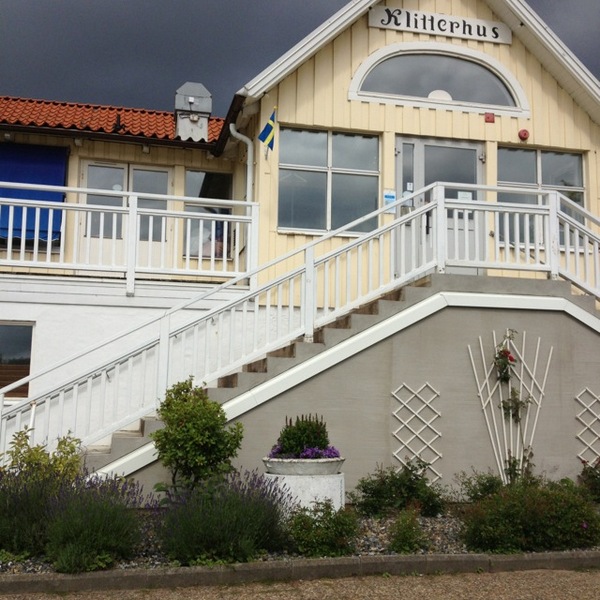
Unfortunately the weather was not conducive to a day on the sand. Scandinavian summers are known to be changeable. We saw, sun, we saw dark clouds and we saw rain in 48 hours. The temperature also went from hot to cold. Being outside and enjoying the view was good enough for me.
On the day of the birthday celebration we decided to spend the day exploring the city of Höganäs as we weren’t expected until late afternoon. Höganäs is a town in Sweden that developed a reputation for its ceramic production. Perhaps you are familiar with the ceramic brand that bares the same name, Höganäs Keramic? In Höganäs, we had two spots on our agenda for the morning: Magasin 36 and the Iittala Outlet.
Magasin 36 is a smart and exciting re-purposed piece of industrial real estate in town that has become quite popular with the locals. The building dates back to 1835 where it was used as a factory for salt-glazed utensils and also housed a few large kilns.
Today, the property has been converted into a fabulous mixed use retail, restaurant, cafe, grocery store, museum, office and artist studio space with a focus on vintage and gastronomy.
It’s a breathtaking space and a lot of fun to visit. Magasin 36 is split over two levels and what looks like two buildings. There is a cafe on the ground floor when you enter the space and you can order lovely baked goods (cinnamon and cardamom buns – I went back both mornings for a cinnamon bun and a tea). Behind the cafe you find the stunning local-focused grocery store called Hoganas Saluhall with tons of organic produce, freshly baked artisan breads, local farm products from around Skåne (the south western region of Sweden), meats and other specialty food delicacies. We picked up a lemon sourdough bread and a few interesting flat breads to bring to the birthday party later that afternoon.
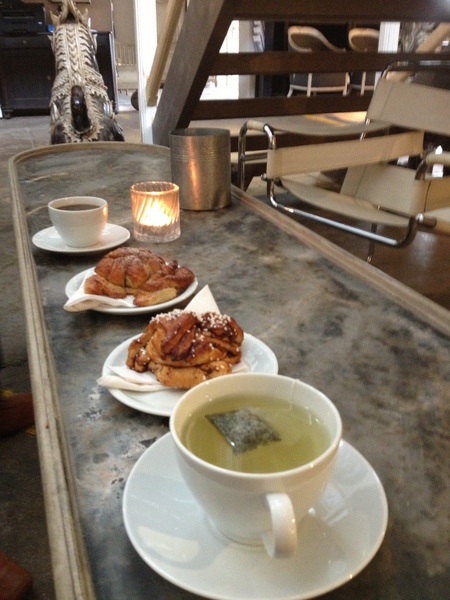
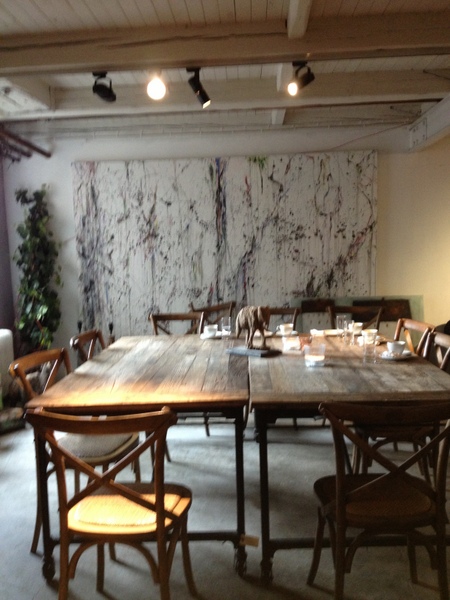
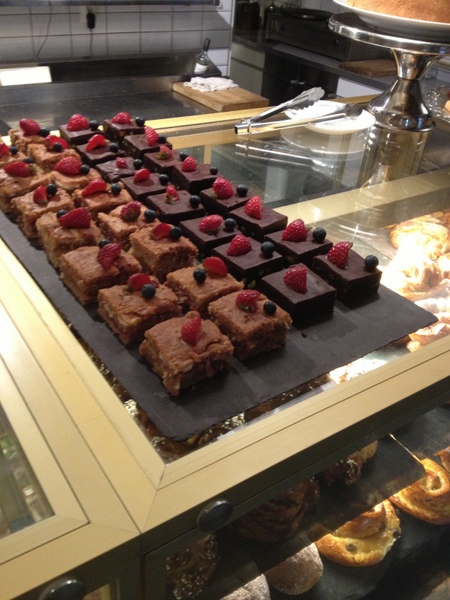
Magasin 36 also houses a number of furniture, antique, clothing, art gallery and home accessory stores. On of my favourites was a shop/gallery called Hoganasgrouppen that made neat ceramic “puck-looking” coasters to protect surfaces from heat. Butiken Hoganas also had several cute items. I could have purchased one of everything!!
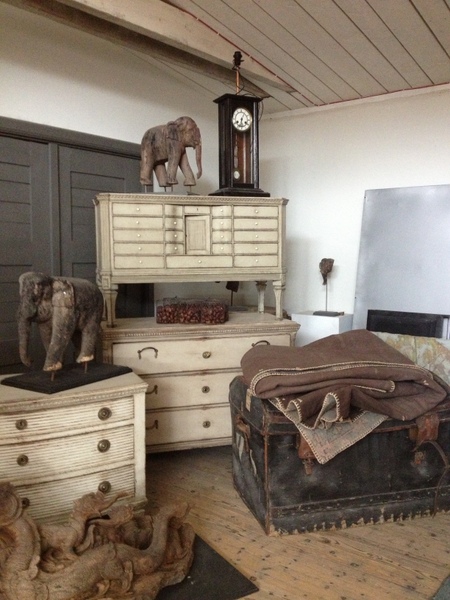
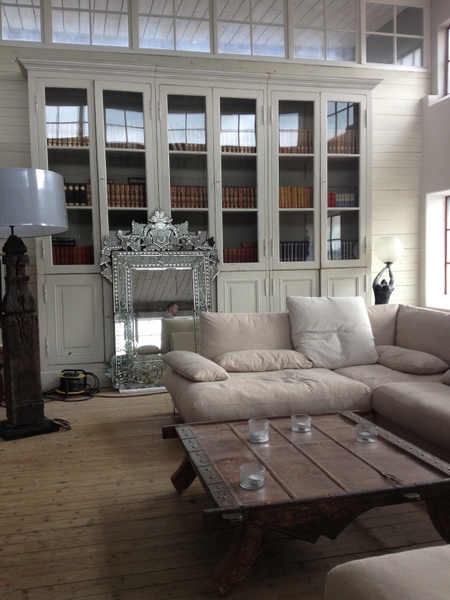

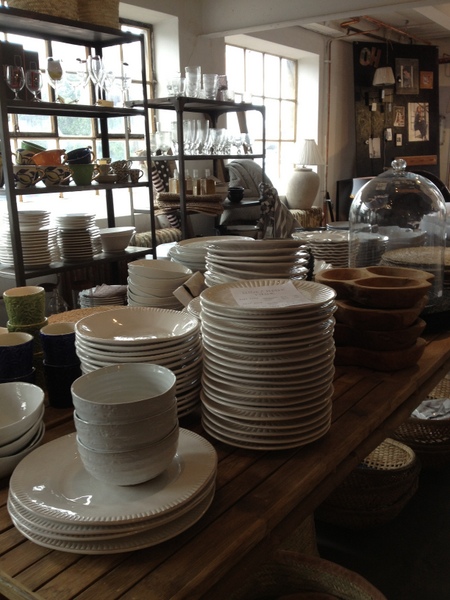
Another interesting part of the building is the re-purposing of the old kilns into a museum to show what the area became known for. In this section of the building, you can walk right into the kilns to see what they look like as well as visit the adjacent ceramic studio/store where tableware pieces and flower pots are still being produced and sold today.
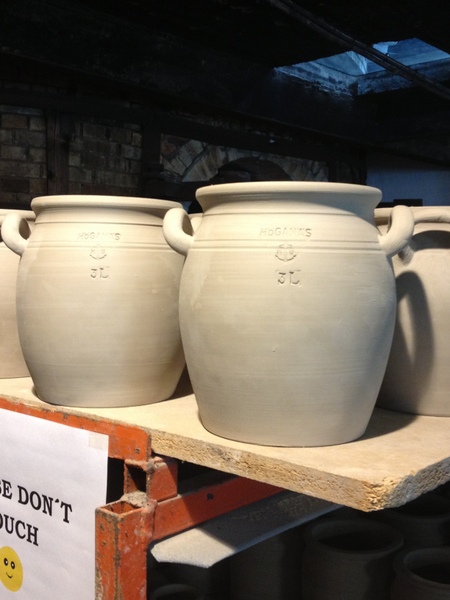
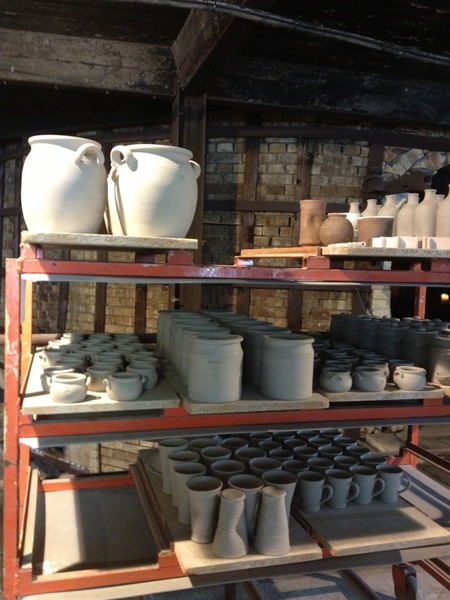
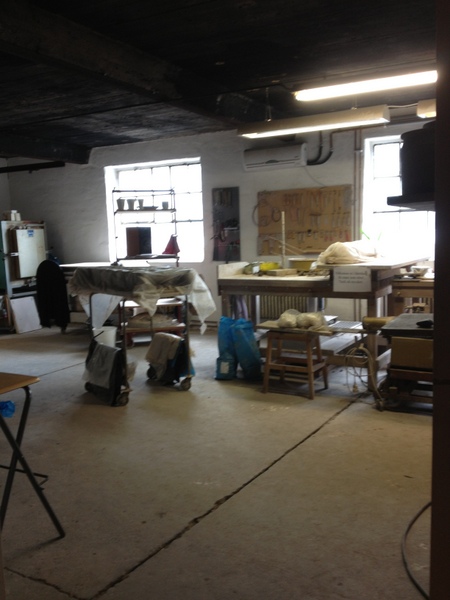
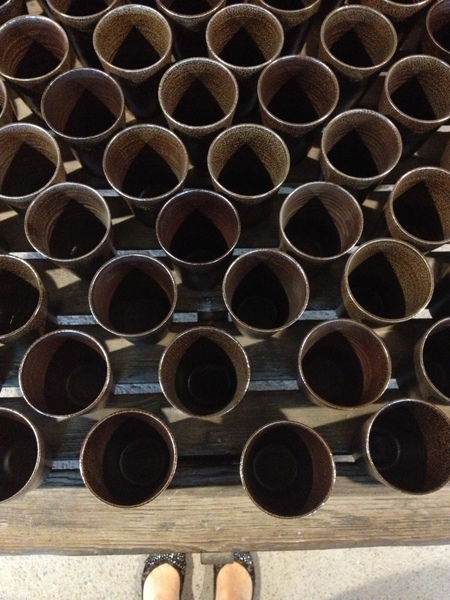
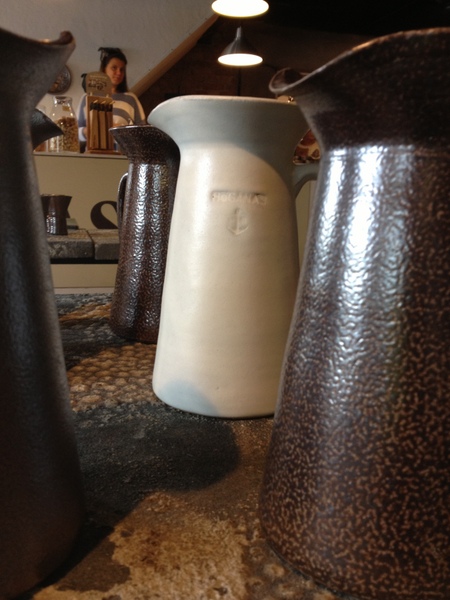
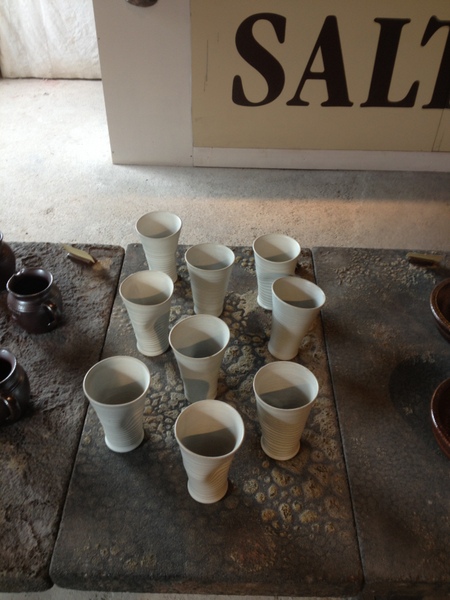
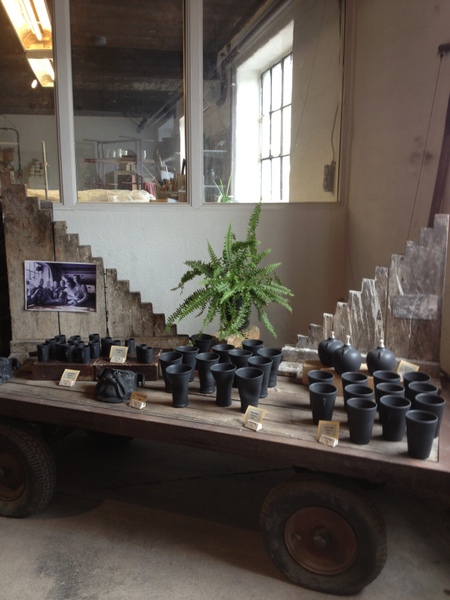
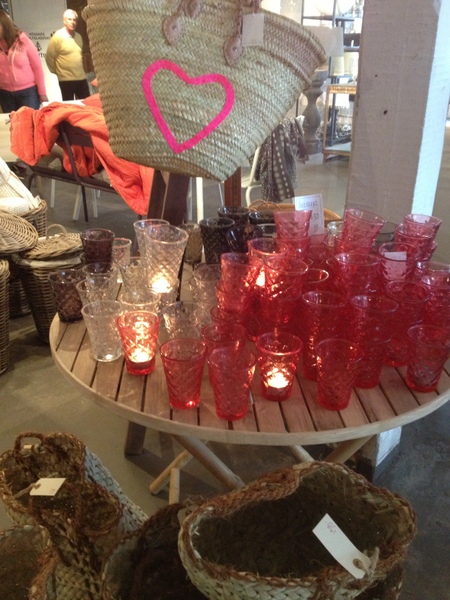
Walk up a large set of stairs to the second floor and you find a large restaurant build around the tops of the ceramic kilns that looks down onto a portion of the grocery store.

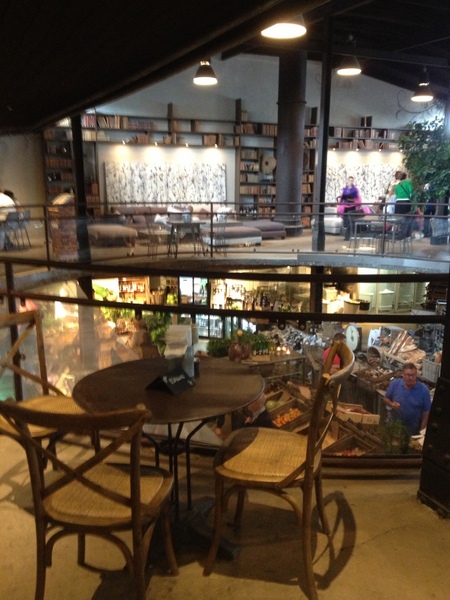
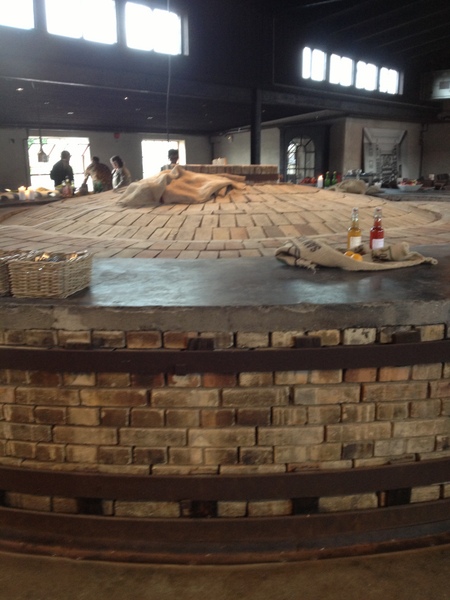
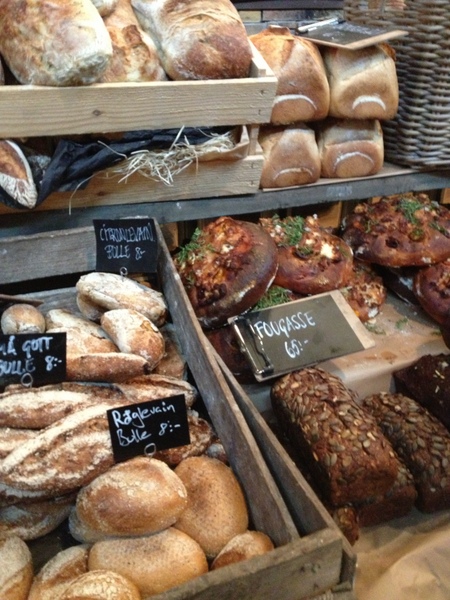
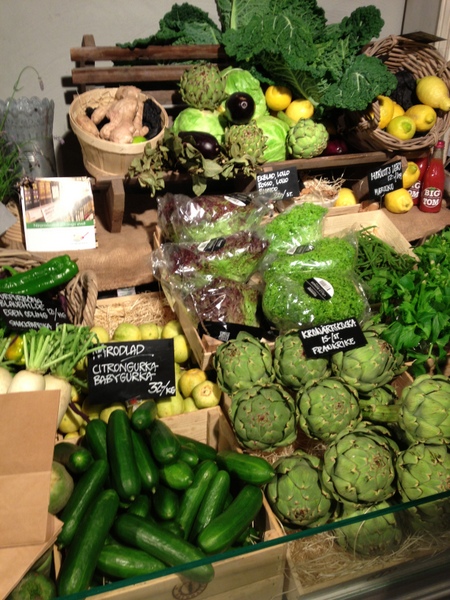
And if that is not enough food and excitement in one building, on the same property, around the corner from Magasin 36, you’ll find a car garage that was converted into a 1960s American (Swedish) gourmet burger joint/bar. We stopped in for lunch and had one of the tastiest burgers in a long time. The meat is local, the buns are handmade on premise, the beer is also locally brewed. A lot of thought, care and consideration was put into the menu and ingredients used at this burger garage. It was also very busy on a Saturday afternoon with locals lining up for pints of beer and burgers.
If you happen to be passing through Skåne, Sweden’s equivalent of the Hamptons, the town of Hoganas and Magasin 36 is not to be missed.